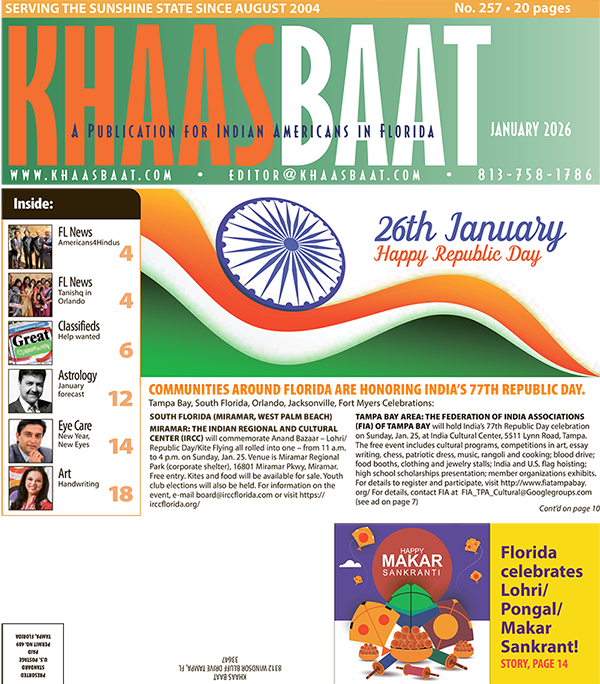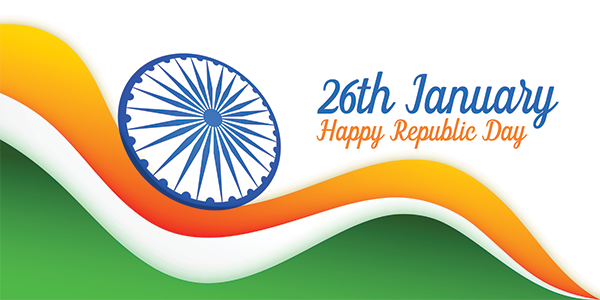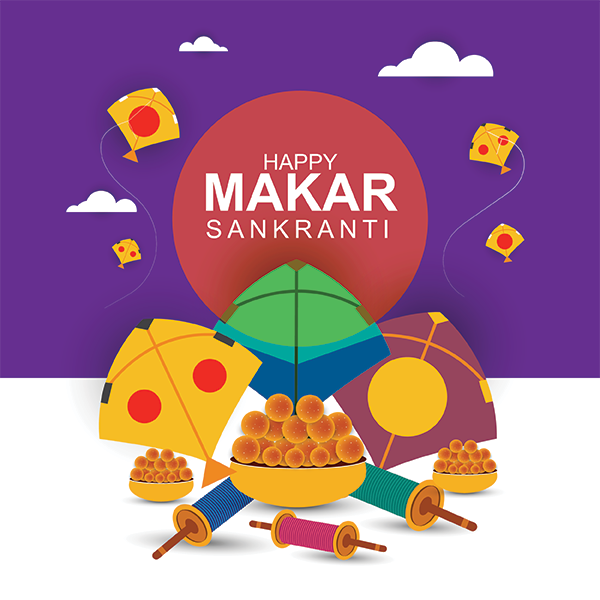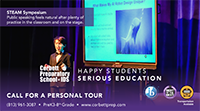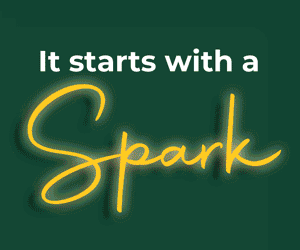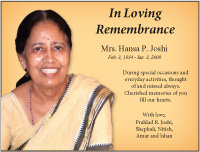
TO SEE THE JANUARY ISSUE IN ITS ENTIRETY, CLICK BELOW:
TAMPA BAY, SOUTH FLORIDA, ORLANDO, JACKSONVILLE, FORT MYERS CELEBRATE REPUBLIC DAY
SOUTH FLORIDA (MIRAMAR, WEST PALM BEACH)
MIRAMAR: The Indian Regional and Cultural Center (IRCC) will commemorate Anand Bazaar – Lohri/Republic Day/Kite Flying all rolled into one – from 11 a.m. to 4 p.m. on Sunday, Jan. 25. Venue is Miramar Regional Park (corporate shelter), 16801 Miramar Pkwy, Miramar. Free entry. Kites and food will be available for sale. Youth club elections will also be held. For information on the event, e-mail [email protected] or visit https://irccflorida.org/
WEST PALM BEACH: The Palm Beach India Association will hold Republic Day, Lohri and Kite flying from 11 a.m. on Jan. 17 at Dyer Park (Hawk Pavilion), 7301 N. Haverhill Road, West Palm Beach. PBIA members pay $20, non-members $25, students (with ID) $10, children under 10 years are free. Kites/strings and food are included. For details, visit www.gopbia.com
TAMPA BAY AREA: The Federation of India Associations (FIA) of Tampa Bay will hold India’s 77th Republic Day celebration on Sunday, Jan. 25, at India Cultural Center, 5511 Lynn Road, Tampa. The free event includes cultural programs, competitions in art, essay writing, chess, patriotic dress, music, rangoli and cooking; blood drive; food booths, clothing and jewelry stalls; India and U.S. flag hoisting; high school scholarships presentation; member organizations exhibits. For details to register and participate, visit http://www.fiatampabay.org/ For details, contact FIA at [email protected] (see ad on page XX)
ORLANDO: Indian American Business Association and Chamber will hold its fifth annual India Fair to celebrate Republic Day from 10 a.m. to 4 p.m. Jan. 25 at Children’s Safety Village, 910 Fairvilla Road, Orlando. During the free and family-friendly event, there will be a display of culture and heritage, flag hoisting, music and dance. For information, call Yogesh at (321) 271-1217 or visit www.iabausa.com
FORT MYERS/NAPLES
India Association of Fort Myers will celebrate Republic Day from 10 a.m. to 4 p.m. on Jan. 24 at Lakes Park, Pavilion A8 and C1, 7330 Gladiolus Dr, Fort Myers. Tickets are $20 members; non-members $30 and include lunch, five kites and a thread. To purchase, visit https://www.iaftmyers.org/
JACKSONVILLE/ST. AUGUSTINE
Indian Cultural Society of Jacksonville will celebrate India Day from 4 p.m. Jan. 31 at Pacetti Bay Middle School, 245 Meadowlark Lane, St. Augustine. Activities include cultural performances, talent show and fancy dress competition. The event is free for members, $20 non-members. For information, visit https://jaxics.org/ or email [email protected]
FLORIDA CELEBRATES LOHRI/PONGAL/MAKAR SANKRANT!
TAMPA/ST. PETERSBURG/NEW PORT RICHEY
JAN. 13-14: LOHRI/MAKAR SANKRANT; Sanatan Mandir, 311 E. Palm Ave., Tampa; 7 p.m. Lohri pooja on Jan. 13 and Makarsankrant the next day; for information, call (813) 221-4482 or visit www.sanatanmandirtampa.org
JAN. 18: LOHRI; organized by Punjabi Virsa Tampa; $50 adult, $25 for kids ages 6 and 13, free for kids 5 years and under; Gulf Harbor Civic Association, 4610 Floramar Terrace, New Port Richey; for information call Binder at (813) 956-2411.
JAN. 24: MAKAR SANKRANTI; organized by Maayboli Melawa Tampa Bay; HCC Auditorium, Brandon, 10451 Nancy Watkins Drive, Tampa; 11 a.m. to 4:30 p.m.; singing performance by Sunil Mungee, haldi-kunku, bornaan ceremony for kids; register at https://www.mmtbusa.org
JAN. 25: UTTARAYAN; organized by Gujarati Samaj of Tampa Bay; Jennings Middle School, 9325 Governors Run Drive, Seffner; 11 a.m. to 3:30 p.m.; lunch provided; Indian kite and thread available for purchase; free for GSTB members, $30 non-members; for information, call GSTB President Sandip Patel at (865) 771-9190.
ORLANDO/GROVELAND/CASSELBERRY
JAN. 13-14: Lohri bonfire at 7 p.m. on Jan. 13; next day, Makar Sankranti next day; Hindu Society of Central Florida, 1994 Lake Drive, Casselberry; for information, call (407) 699-5277 or visit www.orlandohindutemple.org
JAN. 18: UTTARAYAN; organized by Gujarati Society of Central Florida; Pine Lake Retreat, 21725 County Road 33, Groveland; 10 a.m. to 4:30 p.m.; children’s activities/playground; complimentary breakfast/lunch; 10 kites for family; free for members, $25 non-members; for information, call (407) 797-9407 or visit www.gujaratisocietycfl.com
NAPLES/FORT MYERS
Jan. 11: KITE FESTIVAL/PICNIC; organized by India Association of Naples; Vineyards Park, 6231 Arbor Blvd., W., Naples; 2 to 5 p.m.; for information, email [email protected]
JACKSONVILLE
JAN. 11: UTTARAYAN; planned by Gujarati Samaj of North East Florida; 10 a.m.; Jacksonville Equestrian Center, 13611 Normandy Blvd., Jacksonville; $10 per person; RSVP required; kites/thread and food will be available for purchase; for information, call (224) 622-0655.
SOUTH FLORIDA (POMPANO BEACH)
JAN. 24: LOHRI MELA; organized by Punjabi Association of South Florida; Sample-McDougald House, 450 N.E. 10th St., Pompano Beach; 5 to 10 p.m.; $15 per person; for information, call (954) 649-2938 or email [email protected]
KHAAS BAAT LAUNCHES ANNUAL SPONSOR DRIVE
By NITISH S. RELE and SHEPHALI J. RELE
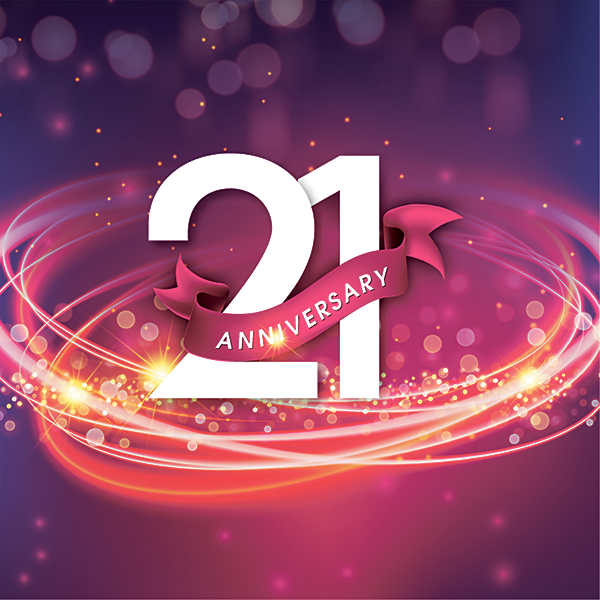
After completing our 21-year anniversary last month, we launched an annual sponsor drive to secure funds to cover production costs. Since its inception, Khaas Baat has been mailed free to subscribers around the state with only a handful of paid subscribers in the past few years. We are proud that during the pandemic we continued publishing regularly. In fact, we haven’t skipped an issue since we began printing in August 2004. Also, the entire print version of the newspaper can be found online. Since ad revenues alone do not cover our monthly production costs (printing, design, mailing), we are in need of corporate or private sponsors. Your backing will allow us to continue to publish Khaas Baat as a high-quality newspaper proudly serving our community.
Please send your contribution via Zelle to (813) 758-1786 or you can PayPal ID to: [email protected] You may also send a check addressed to KHAAS BAAT and mailed to KHAAS BAAT, 8312 WINDSOR BLUFF DRIVE, TAMPA, FL 33647.
With our festival season under way, we request community leaders and organizers to email event details to [email protected] by the 20th of the month to be included in the following month’s issue. We always welcome your story ideas and suggestions to best serve our community.
Khaas Baat is proud to be the ONE AND ONLY Sunshine State publication to offer comprehensive coverage of news and happenings in the Florida Indian community. Do follow us on twitter @khaasbaat and join us on Facebook.
ADVERTISEMENTS
